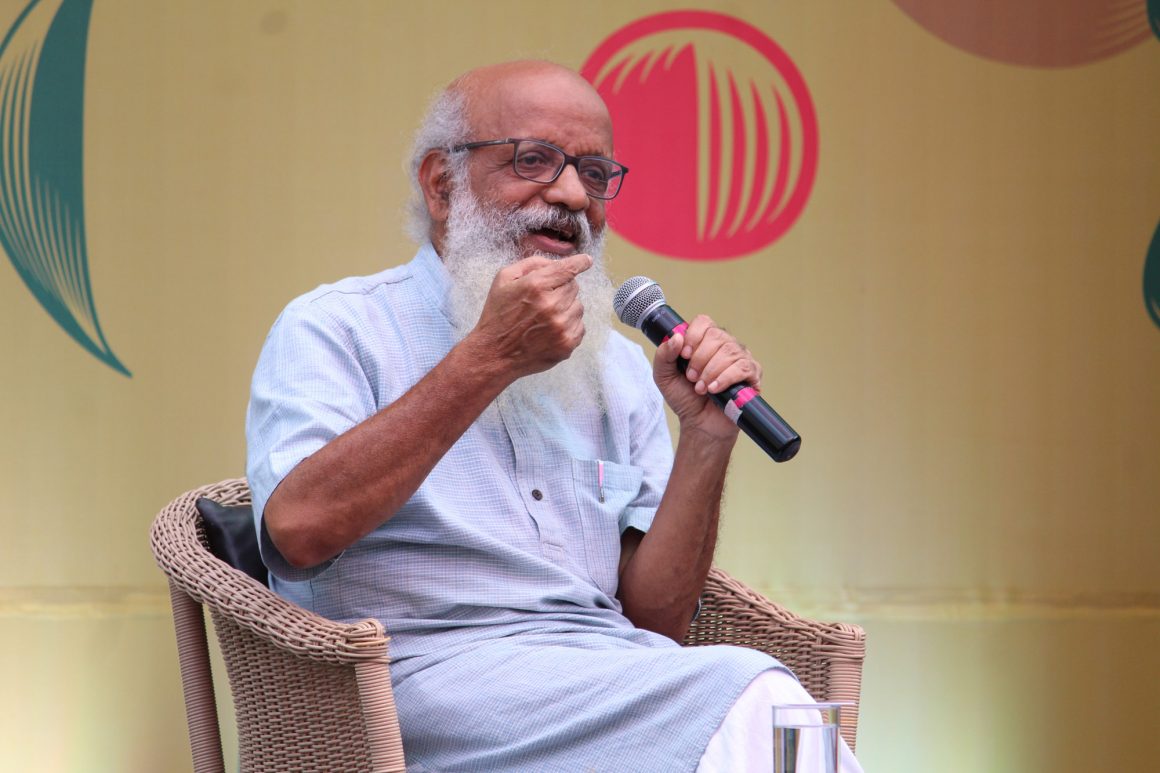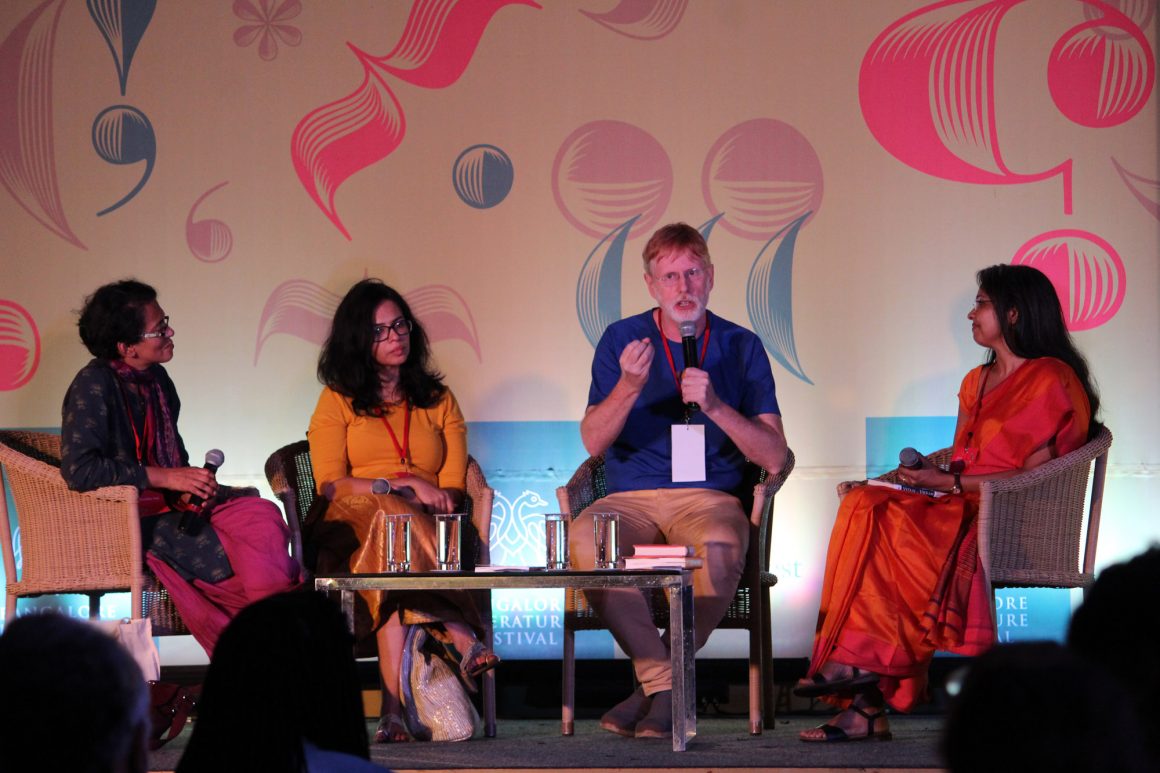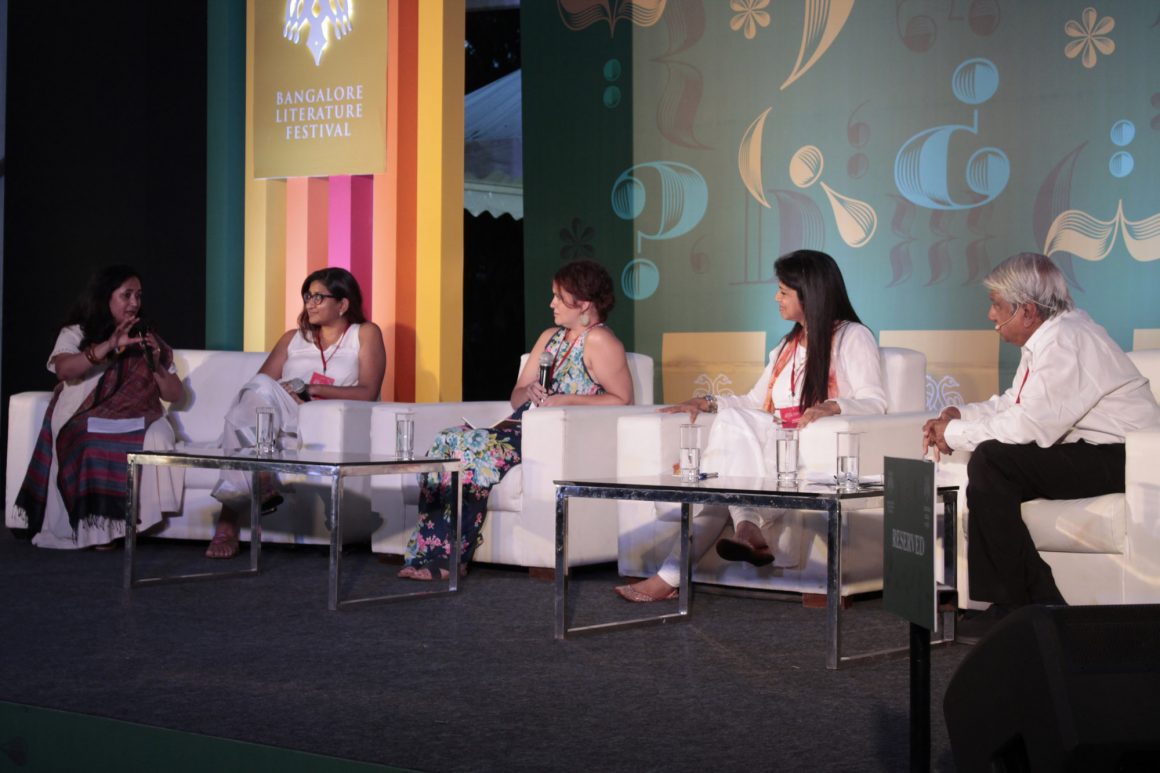Manreet Sodhi Someshwar was in conversation with Ankur Bisen during the Bangalore Literature Festival 2019. Manreet Sodhi Someshwar is an Indian author. She is primarily known for her novels ‘The Long Walk Home’ and ‘The Taj Conspiracy‘. Someshwar is an alumnus of Indian Institute of Management Calcutta. She has also served as a sales manager in Gujarat and Mumbai. Ankur Bisen is Senior Vice President of the Retail & Consumer Products division at Technopak. He brings in over 14 years of cross-functional experience in strategy, marketing and business development acquired while working in India, China, and Europe.
The panel discussion was about the issue of garbage management and sanitation in India. Ankur started off saying Urban India generates close to 3 million trucks of untreated garbage every day. If these were laid end-to-end, one could reach halfway to the moon. He clearly stated that the need for attention to sanitation and cleanliness is both urgent and long-term. He spoke about his book and said that his book takes an honest look into India’s perpetual struggle with these issues and suggests measures to overcome them.
When Manreet asked Ankur how promising was his content to approach all mass, he replied that historically, we have developed into a society with a skewed mindset towards sanitation with our caste system and non-accountability towards sanitation. Through stories, anecdotes and analysis of events, this book seeks solutions to the current entangled problems of urban planning, governance and legislation, and institutional and human capacity building.
When Ankur was asked to reveal his idea behind naming the book Wasted, he added ‘Wasted‘ traces interesting relationships between urban planning and dirty cities in India; legislative and governance and the rising height of open landfills; the informality of waste management methods, and the degrading health of Indian rivers, soil and air.
Ankur stated the book is more like an argument that all current solutions of India are extrapolated from flawed beliefs and structures and are therefore woefully inadequate.
Manreet concluded saying Bisen draws a benchmark from clean countries of today. The panel discussion mainly focused on the need for inclusive human clusters, specificity in legislation, correction of existing social contracts creating a formal resource recovery industry in India. It was said that the book is a guide to how these solutions could lead us towards a brighter future and better social development.
About the Author: Bhuvanashree Manjunath is an Engineering student, also an avid reader, poet, and a blogger. She also works as a book reviewer. She currently writes for TheSeer.











